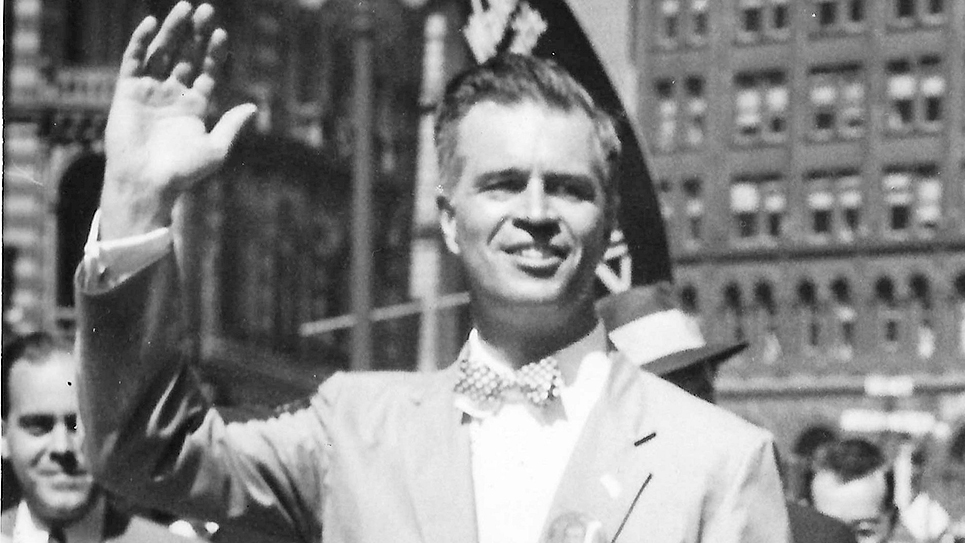The Better Parts of School
By Joe Rector
I am lucky to have grown up when I did. A member of the Baby Boomer generation, I spent my youth worry-free. The most important things involved having fun and just being a boy in the country community of Ball Camp. Even school, where education never got in the way of having a good time, wasn’t so bad.
The old Ball Camp School was the best school. The building had those big windows along one wall. Most of the year, they stayed open, either just a tad or wide open. The rooms were stifling hot when we entered them on the Tuesday after Labor Day, the official end of summer and freedom. Even in the dead of winter, elementary school students labored to breathe in rooms heated by radiators. The windows, as well as the students, sweated from the elevated temperatures.
In first grade, the smell from the ground-floor lunchroom starved students. For the smaller students, a brief reprieve came mid-morning. We reached for the cartons of warm milk and pulled snacks from paper sacks. The first sip was warm, and the taste was worse as it soaked through the paper straw. Lunch was good for most students. Several ate for free, and they often asked for seconds. Lunch ladies passed out scoops of soup beans or corn, but some days the only extra item was a piece of white bread. Many students brought lunch from home. My mother would make peanut butter and jelly sandwiches and saltines with peanut butter. Sometimes, I found a raisin cake or jelly roll that Daddy had bought at the day-old bread store. Even though the desserts were sweet, they were freezer-burned from sitting in the chest freezer that was in our bedroom.
When the school burned and our sixth-grade classes were moved to an empty building across Middlebrook Pike, students froze in the winter and sweltered in the spring. We circled our desks, and the temporary classroom became a lunchroom. Beside our room, a kitchen area was located. We could smell coffee brewing and anything our teachers brought for lunch cooking. That year might have been the best one during elementary school. Students learned to deal with rough conditions, to make the best of the situation in which they were placed.
By eighth grade, the new parts of the school were opened. Several classrooms were available, a new cafeteria and a new gym were opened. The new smell of construction and painted walls filled the place. The gym had a parquet floor, and we players felt as if we were playing on a Boston Celtic site. The cafeteria was lighter than the old one, but it just didn’t feel right to eat in the place. The food was the same, but the atmosphere of the former cafeteria was gone.
For the first time, students had dressing rooms for gym classes. The boys’ area was always kept clean, but the raw smell of hormone-ridden boys mixed with cologne and Right Guard deodorant was overwhelming. A stage was set at the far end of the gym, and from there, students presented choral and instrumental concerts, and schoolwide movies were shown on a screen set there.
Ball Camp Elementary long ago moved students to middle schools, and I’m not so sure that doing so helped students or education. Something is special about a community school. Parents and students look to such a place as the center of the community and as a place into which pride is poured. I am one of the lucky ones who had the opportunity to enjoy eight years at the same school. Maybe going back to that model for schools could stop many of the problems that education in general and students in particular face these days.






